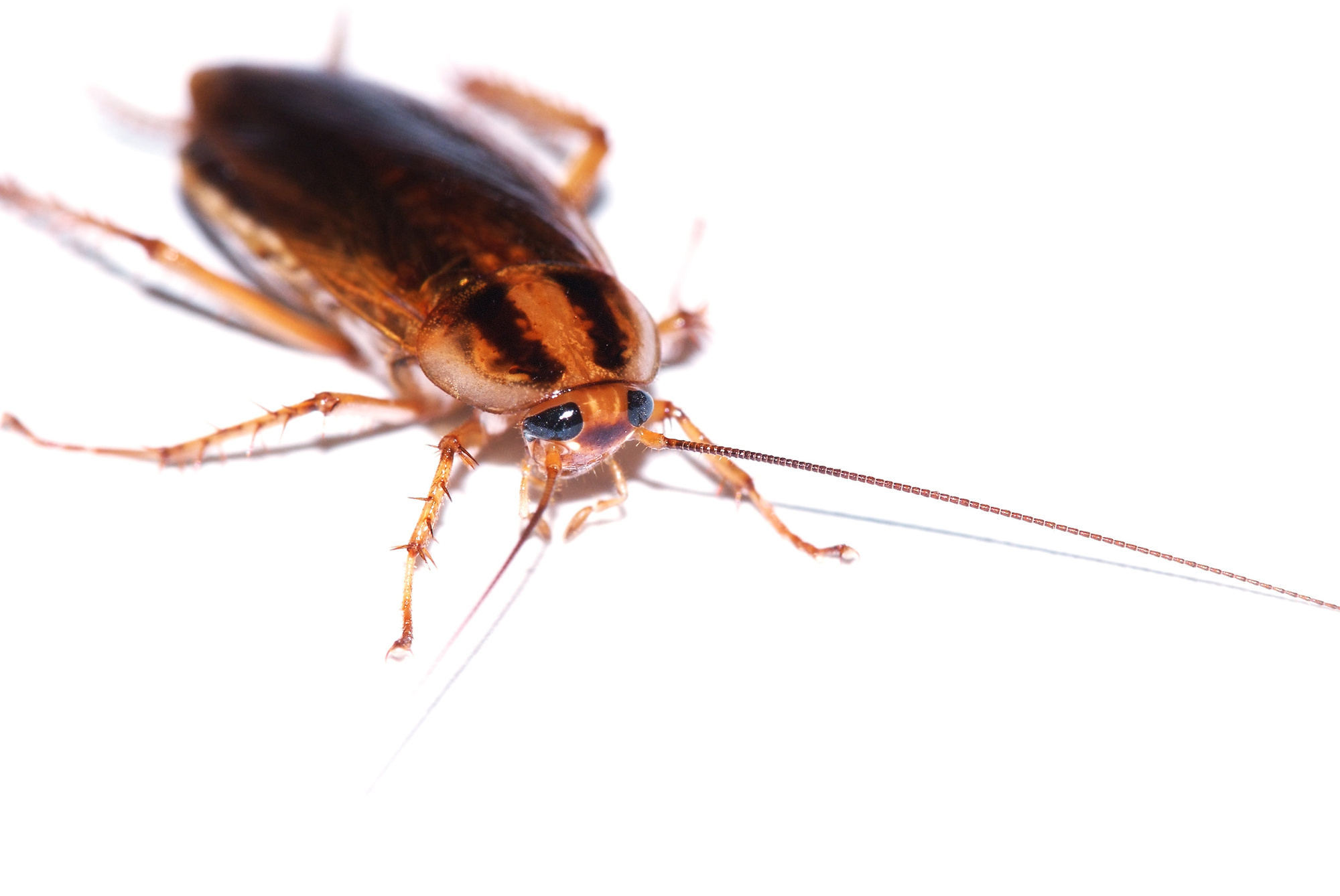
There are over 50 species of cockroaches living in the US, and the German cockroach is the second-most prevalent across the nation. German cockroaches are the smallest of the bunch, but they can still infest your home at a rapid pace.
Sharing your home with a pest is never ideal. Sharing your home with the German roach is particularly unpleasant, as a single female German roach can produce hundreds of offspring in her lifetime.
How can you spot a German roach infestation right away? What should you do once you begin noticing the signs of a German roach infestation?
Read on for our complete guide to identifying the German roach and signs of an infestation–plus, what you should do when you find one.
What Does the German Roach Look Like?
The most common cockroach species in the US is, unsurprisingly, the American cockroach. These roaches are about 1.5 inches in length, have a brownish-red body with hints of yellow around the edges, and prefer to feed on decaying organic matter (i.e. rotten food) but will eat just about anything. Oh, and they have wings and tend to glide around–yikes.
German cockroaches, on the other hand, only grow to be 1/2 to 5/8 inches long and have brown shells with two darker brown stripes. They’re round and flat in shape and while they have wings, they can’t fly (or glide). They enjoy eating starches, sugars, grease, and meat, but like the American cockroach, they’ll settle for any food source.
At the end of the day, the way you go about dealing with a roach infestation is the same regardless of which species has infested your home. That being said, it can be helpful to identify the species–or at least make you feel knowledgeable when it’s time to call the exterminator!
Signs of a German Roach Infestation
At some point or another, you’re bound to see a roach scuttling across your kitchen floor or down in your basement. It’s never pleasant to receive a visit from a cockroach, but this one-off appearance doesn’t need to worry you too much. It’s when you end up with a rapidly reproducing colony of roaches that you need to act fast.
Let’s take a look at the most common signs that you’re not just dealing with a few cockroaches, but hundreds.
Cockroach Activity in the Daytime
All roaches, regardless of species, are nocturnal. What that means is that you’re much more likely to see a roach running around after the sun goes down than you are in, say, the mid-morning.
If you start seeing cockroaches moving around your home during the day, that’s a pretty surefire indicator that you’ve got a lot of roaches somewhere in your home. The only thing that’s going to drive a cockroach out into the open in daylight is a desperate search for food, water, or shelter. In other words, a roach that’s active in the daytime is up against some steep competition from tons of other roaches.
A Musty or “Oily” Odor
Cockroaches put off a variety of chemicals that possess a distinct smell. You’re unlikely to detect that smell if a few cockroaches pass through your home and don’t camp out.
That smell is typically described as musty or oily, almost like the smell of used cooking grease. If you start to pick up on these strange odors throughout your home, it’s time to get a roach inspection.
Cockroach Feces
We hate to break it to you, but where there is a cockroach infestation, there is also cockroach poop. German cockroach feces has the appearance of ground pepper or ground coffee.
Most homeowners start to notice this fecal matter inside of drawers or cabinets. Some wake up to it on their countertops. You may also notice growing stains in the corners of your home caused by these nefarious droppings.
Dead Cockroaches
German cockroaches have a lifespan of about 100 to 200 days. When you have multiple generations of cockroaches dwelling in your home, some of them are bound to pass away. If you find dead roach bodies around your home, it’s a pretty safe bet that there are hundreds of live roaches hiding out somewhere nearby.
(German roaches also have a habit of shedding their outer shell. That means that you may spot both dead roaches and abandoned roach shells.)
Cockroach Activity in the Kitchen and/or Bathroom
Kitchens and bathrooms are ideal hangout spots for the German roach because both tend to provide everything they need to live: shelter, water, and food.
We know what you’re thinking. What food can be found in the bathroom? Believe it or not, German roaches can sustain themselves by eating things like toothpaste and soap.
What to Do If You Have a Roach Infestation
So you think you’ve got a German roach infestation on your hands. Now what?
It’s tempting to run out to the store and buy sprays and roach bombs and just unleashing them on your own. However, you’re much better off letting a company like Altus Pest Control handle roach eradication. A lot of those store-bought solutions aren’t particularly effective at eliminating roach eggs, which means that in a few days or weeks, you’ll have a whole new population on your hands.
Eradicate Roaches ASAP
No one wants to share their home with a German roach infestation. Because they’re so quick to reproduce, you’re going to want to act fast when you start to detect their presence. (Keep in mind, a single pregnant German roach can be solely responsible for a colony of 30,000 new roaches, so we aren’t kidding when we say, act fast!)
Looking for more tips for homeowners? Take a look at our home and garden section for real estate news, DIY guides, and helpful information.
Leave a Reply